Ever tried playing the trombone on horseback? A pretty contorted affair, one would think. There are, however, several visual depictions throughout trombone history of trombonists on horseback. I recently added one such image of a military musician to the 19th century timeline. The earliest two pictures of trombones on horseback, which date from the early 16th century, are also the most famous. They originate from the series of engravings, The Triumph of Maximilian, which are primarily by artist Hans Burgkmair. Much has been said about the fact that the Maximilian depictions are not literal. Most of the other pictures, which are primarily military illustrations, are probably more literal. Here they are, below, along with their respective captions from the Timeline. I’m also including an 1825 Timeline caption from a British traveler in Belgium who recorded hearing a “military horse band” that included trombones. Hi ho, Brass!
1526—In the series of woodcuts titled The Triumph of Maximilian, executed primarily by artist Hans Burgkmair, 2 images (Plates 77 and 78) include trombones on horseback. The instructions for the engravings read, “After them shall come on horseback Burgundian fifers in the Burgundian colors with bombardons, shawms, and rauschpfeiffen. And they shall all be wearing laurel wreaths.” See above 2 images (Burgkmair, Triumph 9, plates 77-78; public domain).
1598—Kassel, Germany: Visual records by engraver Wilhelm Dilich of celebrations related to the christening of Princess Elizabeth von Hessen in 1596 include 3 different depictions of trombones (see above 3 images; public domain) (Bayerische StaatsBibliothek, Beschreibung der historischen und allegorischen Personen).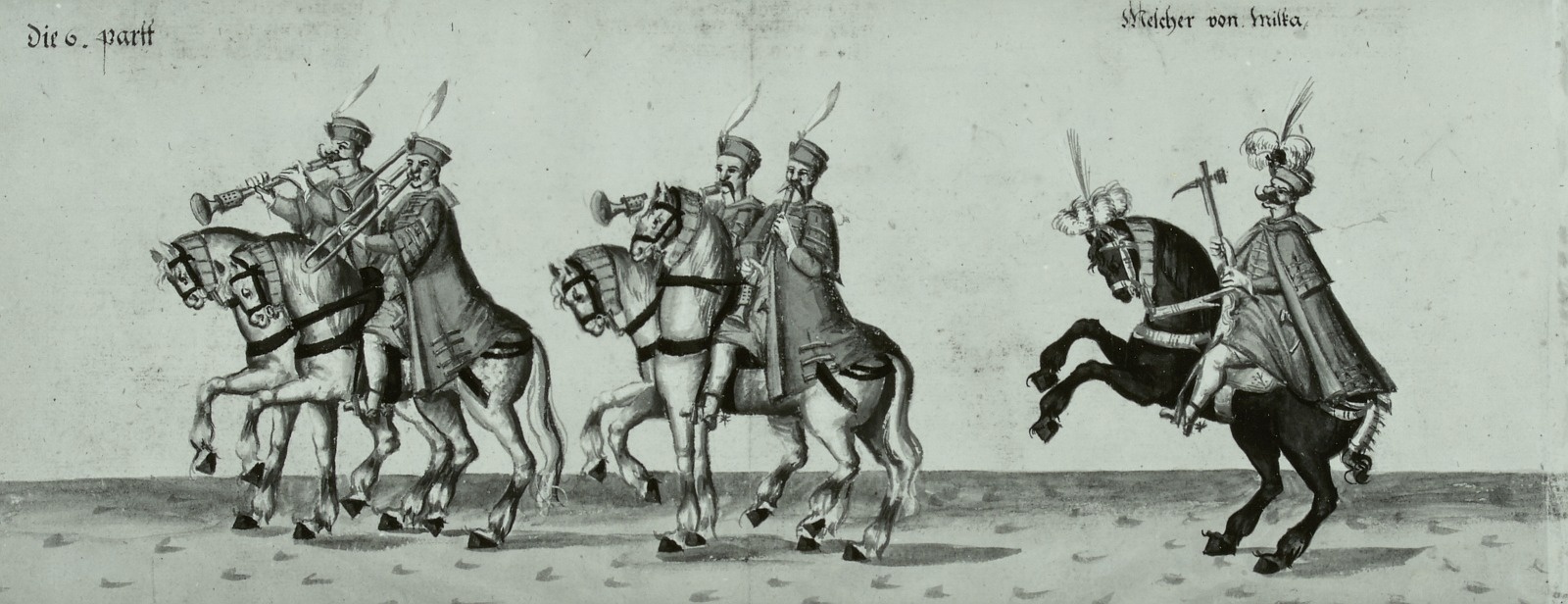 1607—Dresden, Germany: A depiction of a portion of a procession features a trombone player and 3 shawm players on horseback (see above image; public domain) (Dresden, Sachsische Landesbibliothek).
1607—Dresden, Germany: A depiction of a portion of a procession features a trombone player and 3 shawm players on horseback (see above image; public domain) (Dresden, Sachsische Landesbibliothek).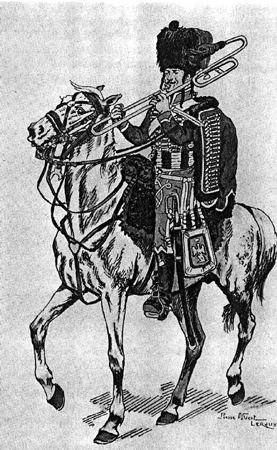
1810—Paris, France: A rendering of a military musician from the 1st Hussars depicts a trombone with a dragon-shaped bell (buccin) (see above image; public domain).
1825—Belgium: Sir George Smart, a British traveler, observes, “We heard a very good military horse band which was all trumpets, bugles and tromboni” (Smart 66).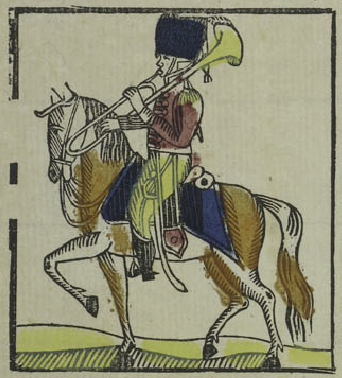
1826—Broek, Netherlands: March of the Cavalry, a “catchpenny” military print that features numerous musicians, includes a rear-facing trombone on horseback (see above detail of trombonist; public domain).
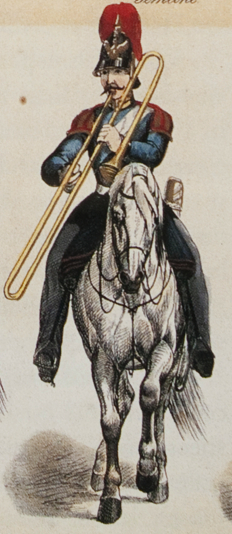 c. 1829—Mainz, Germany: Artist Joseph Scholz depicts a group of 4 military musicians of the Prussian Army on horseback in an image titled Preussisches Heer–Garde Artillerie (see above detail of trombonist; public domain) (Ryan, Paper Soldiers).
c. 1829—Mainz, Germany: Artist Joseph Scholz depicts a group of 4 military musicians of the Prussian Army on horseback in an image titled Preussisches Heer–Garde Artillerie (see above detail of trombonist; public domain) (Ryan, Paper Soldiers).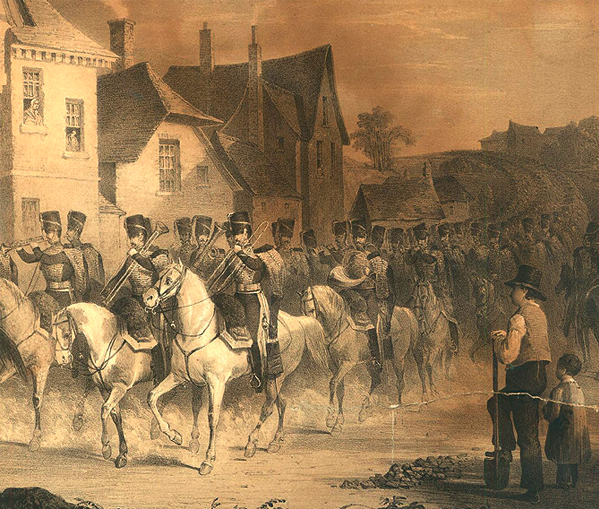
c. 1845—An illustration by M.A. Hayes depicting the 8th King’s Royal Irish Hussars, a cavalry regiment of the British Army, includes 2 trombonists on horseback (see above image; public domain).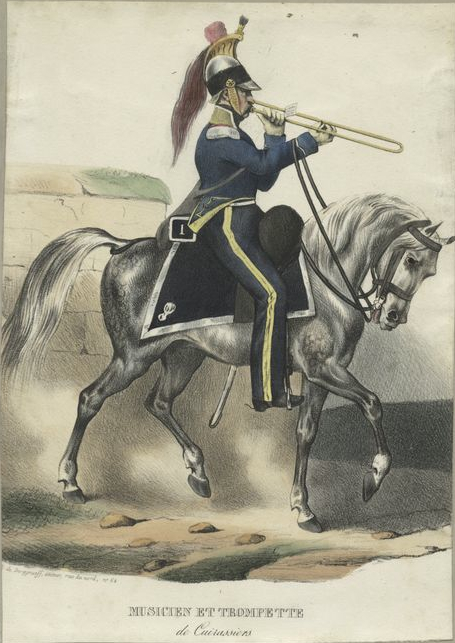
c. 1850—Brussels, Belgium: Musicien et trompette de cuirassiers, a lithograph by Henri Hendrickx, portrays a Belgian infantry musician playing on what may be a rear-facing trombone, the bell obscured by the player’s helmet (see above image; public domain) (Bibliotheque royale Albert I; Wangermée vol. 2, 263).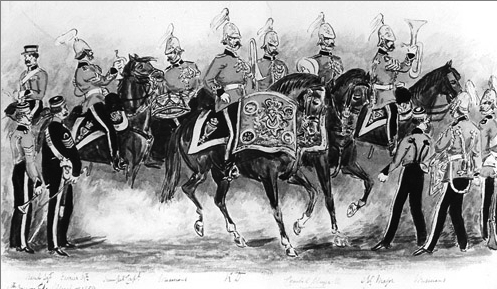
1859—A sketch by Aldershot of musicians of the 4th Royal Irish Dragoon Guards, a cavalry regiment in the British Army, shows a trombonist among a number of military musicians riding on horseback (see upper-middle of above image; public domain).
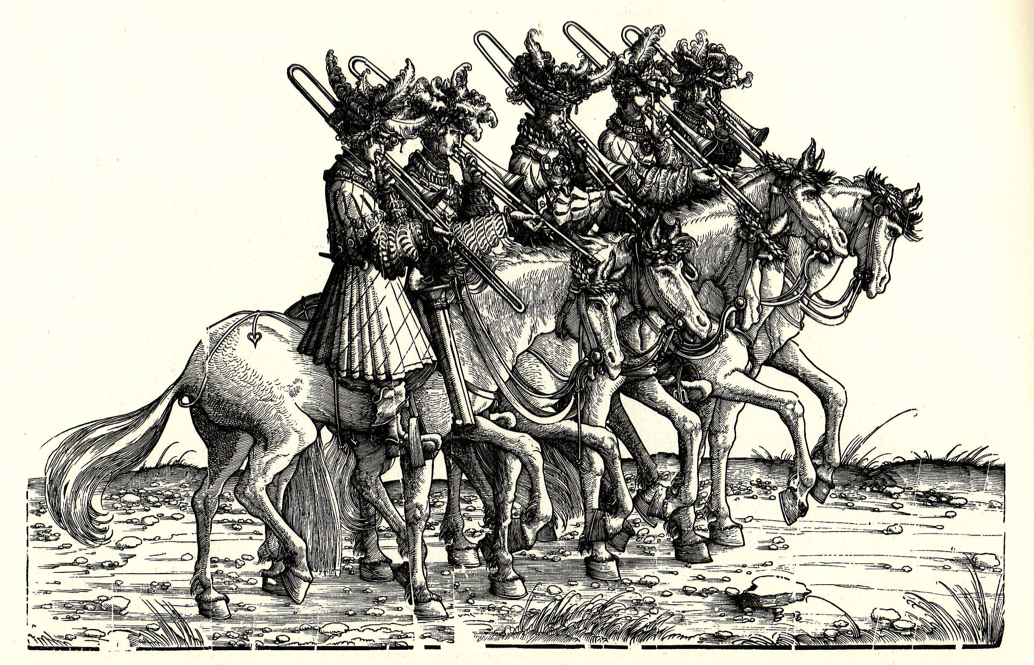
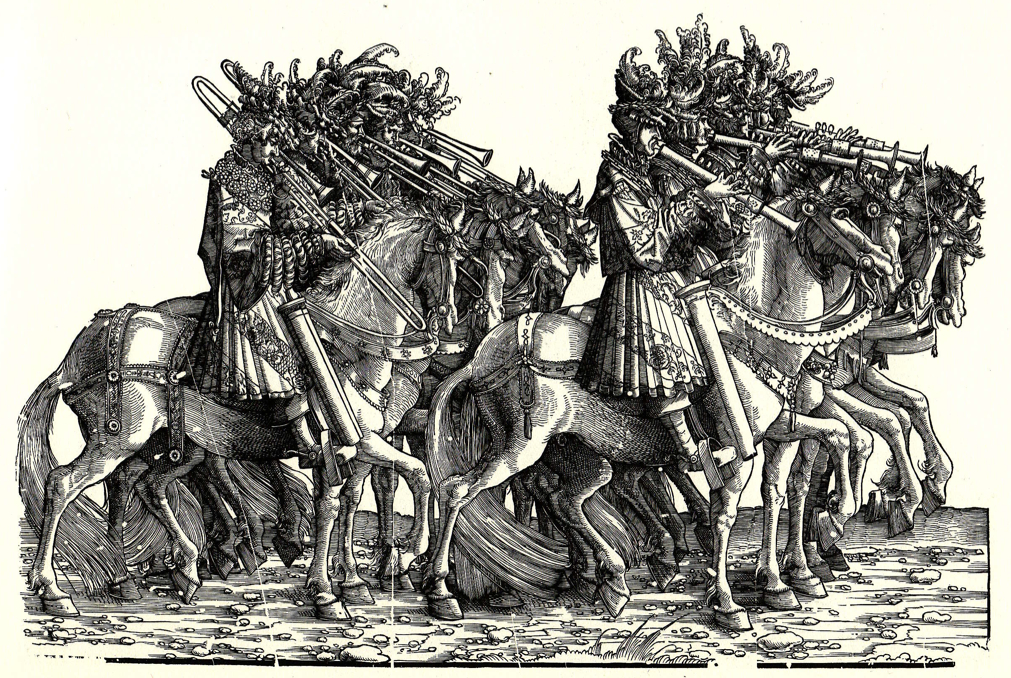
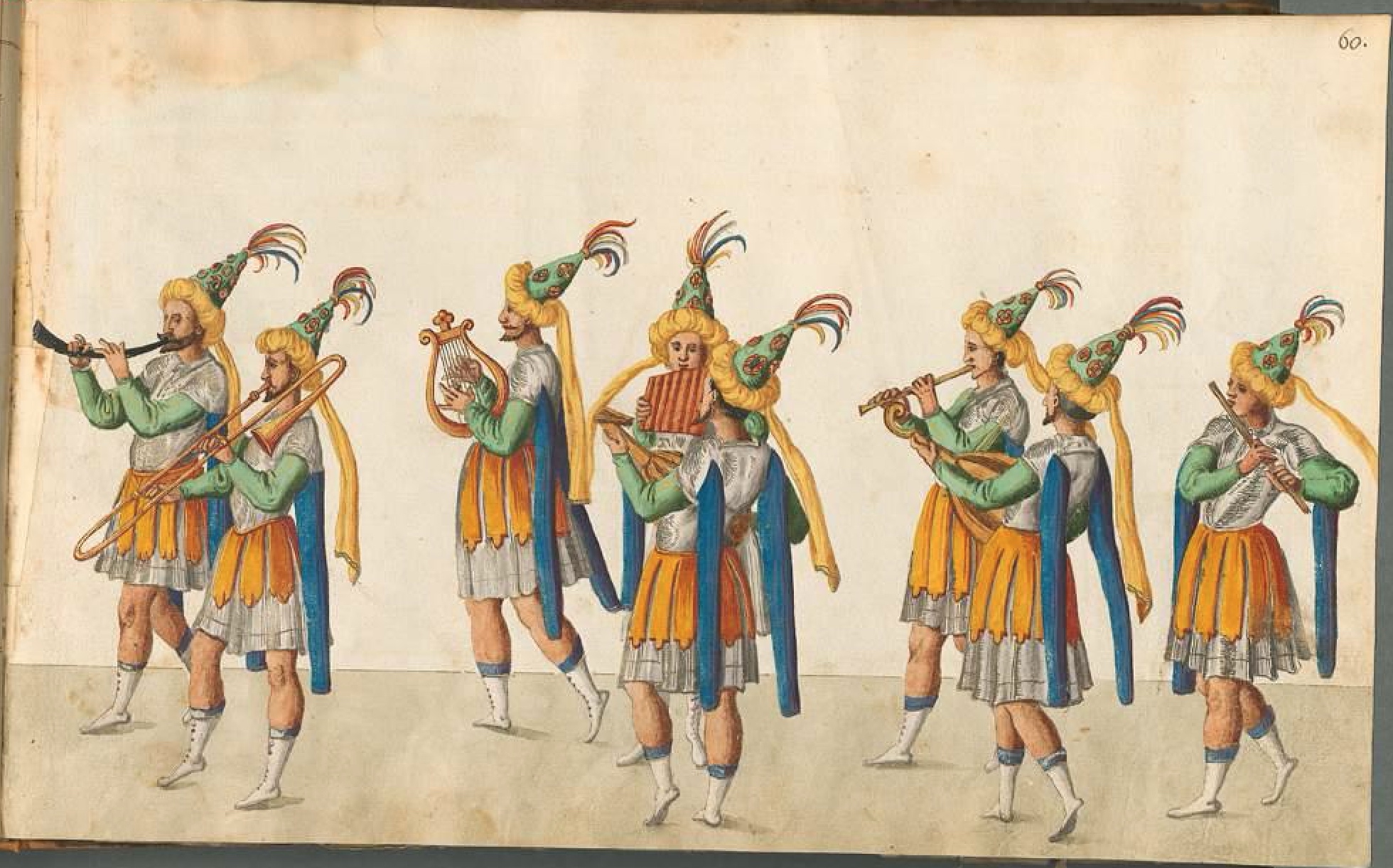
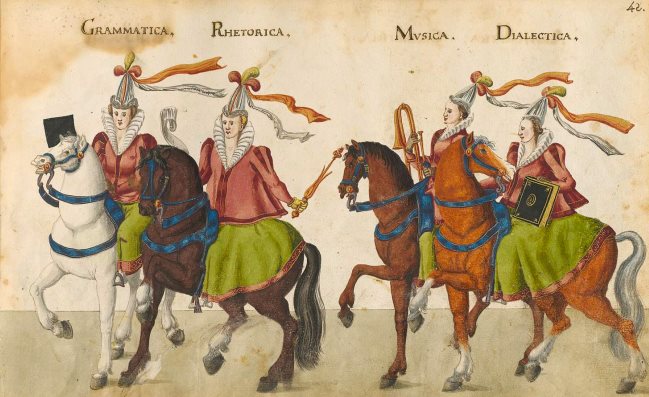
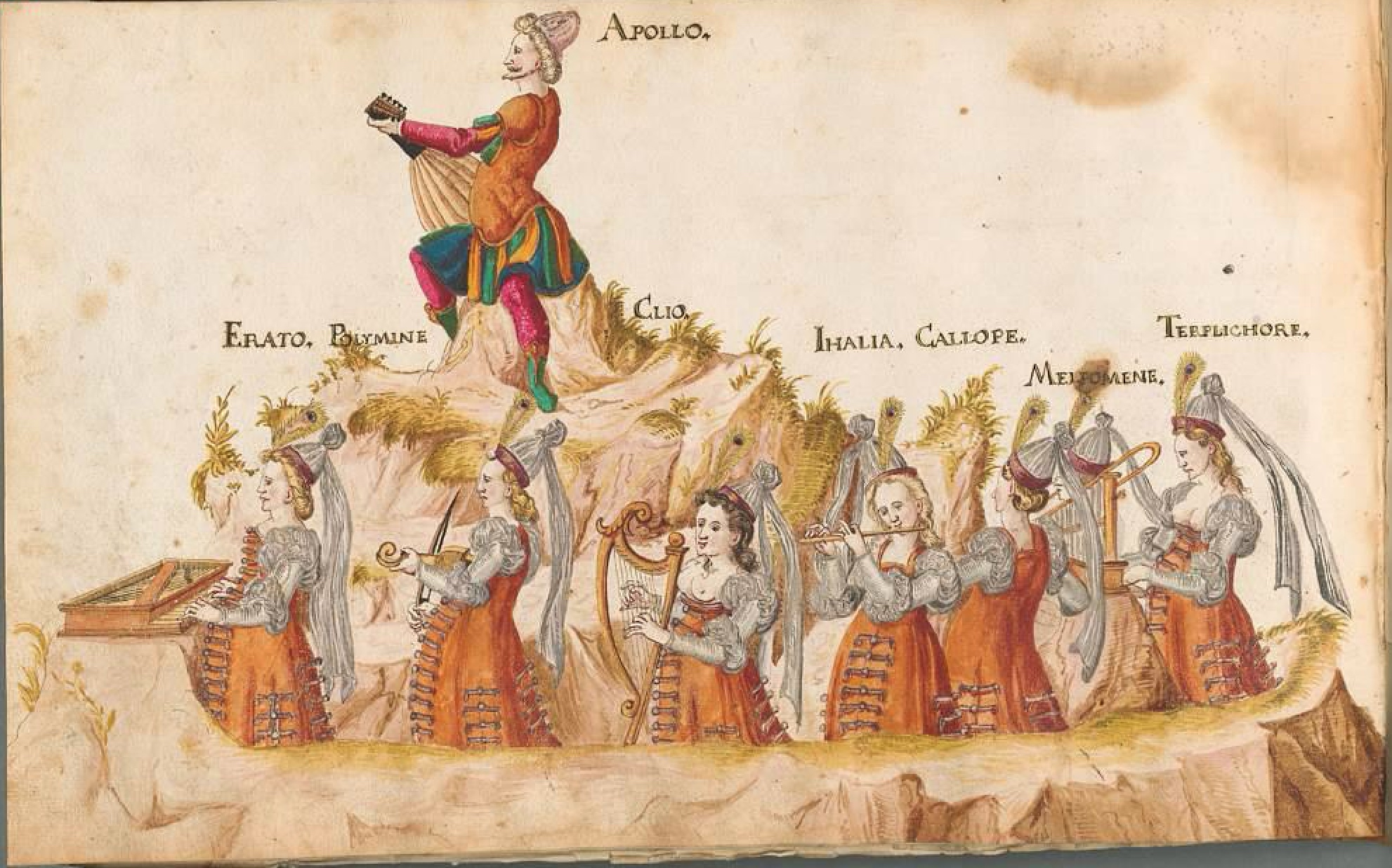
jack Kopstein
Greetings Will
Many thanks for your wonderful site may we have the priviledge of linking to your site with full recognition by way of a short paragraph on you and the site on our feature news on military music.
The illustrations are fantastic
Best wishes